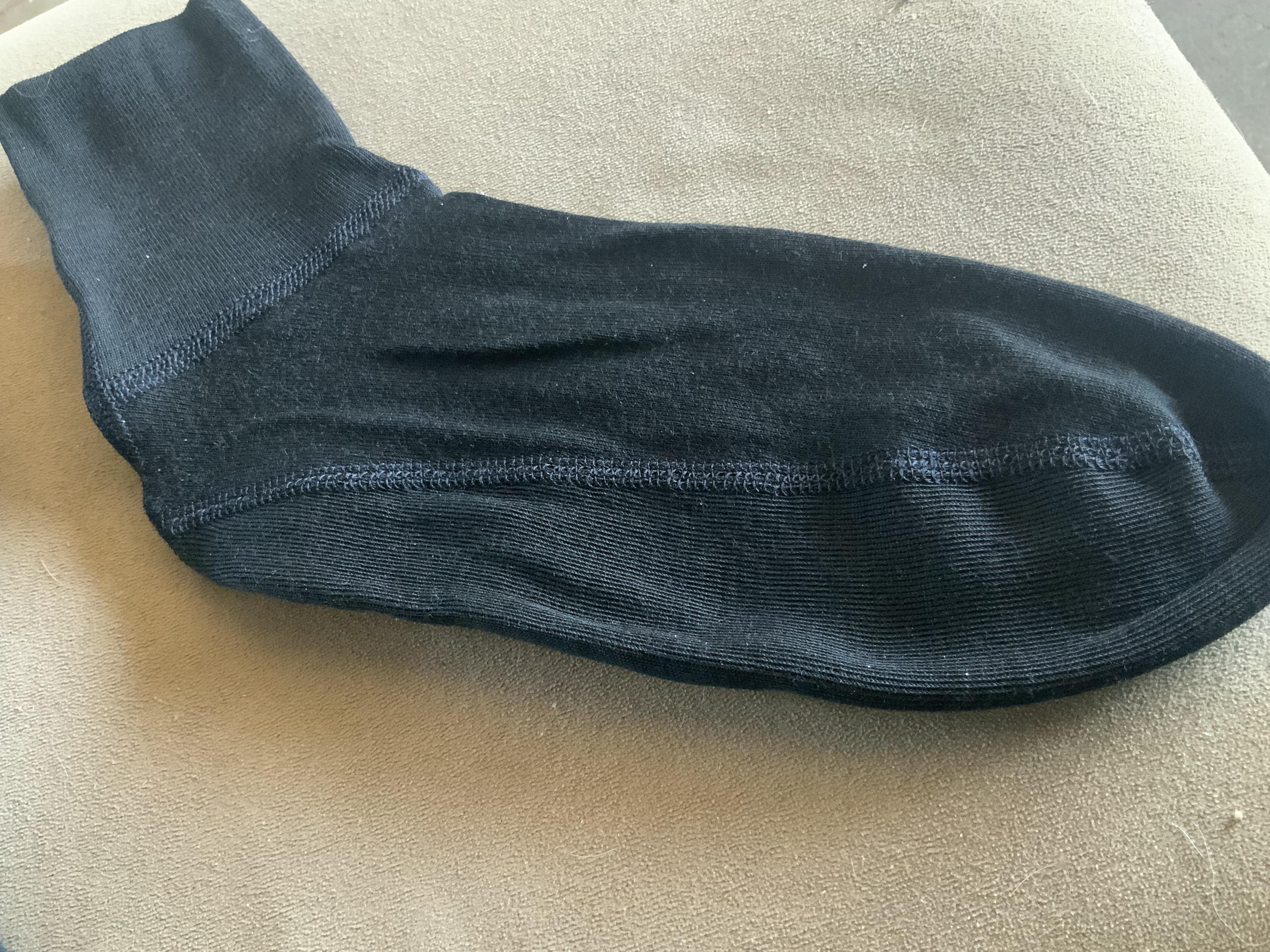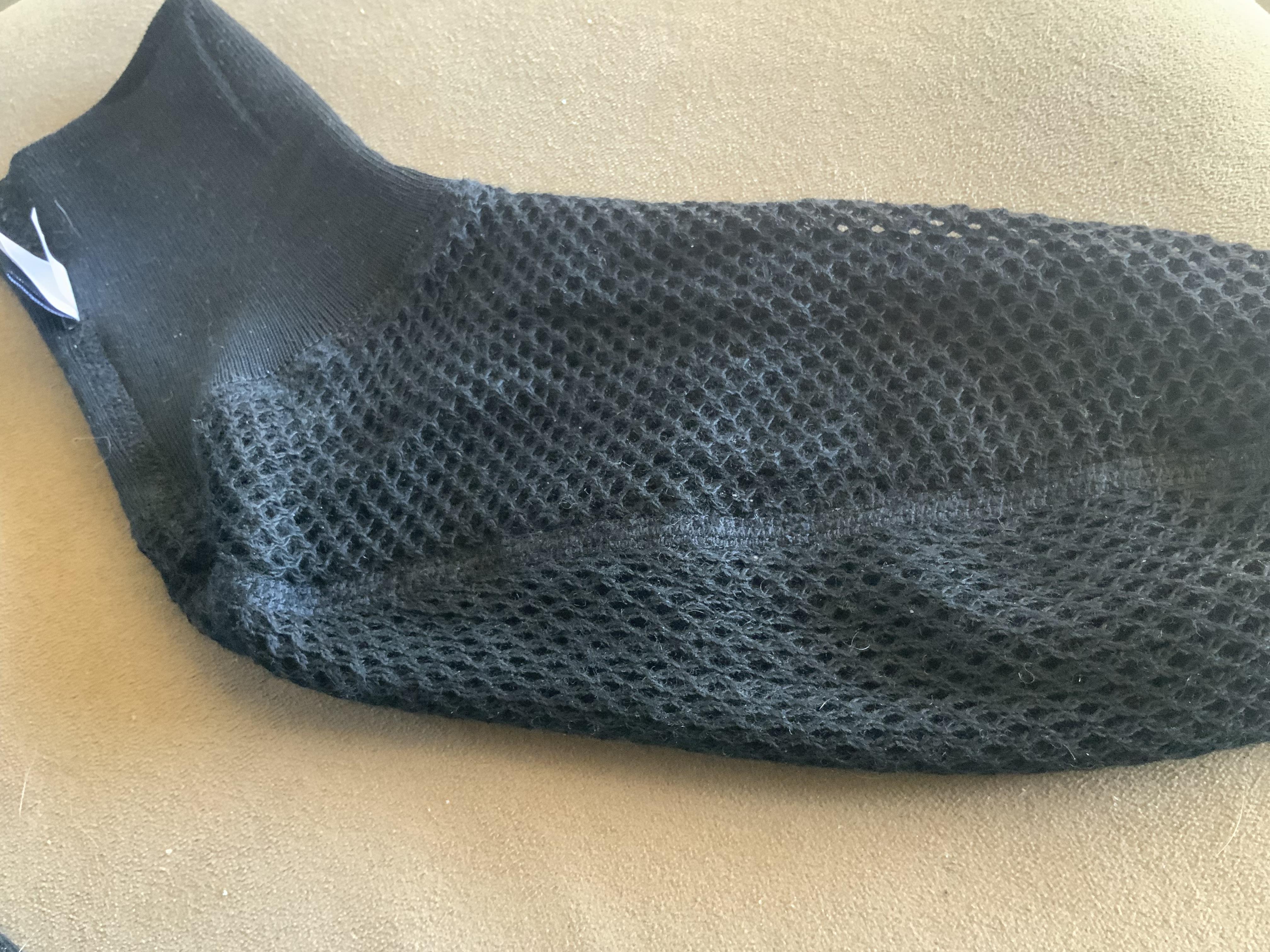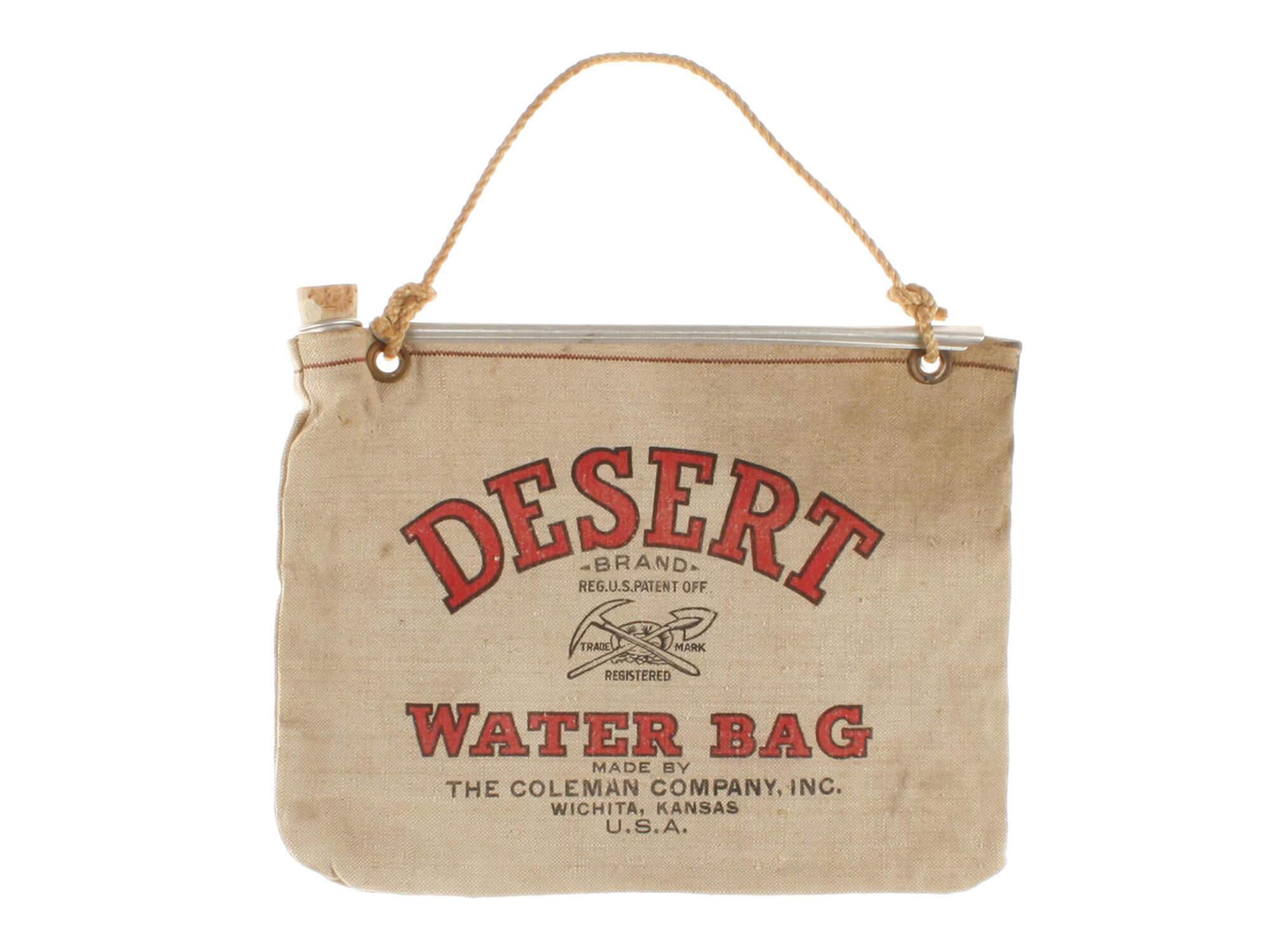Topic
How do Goretex socks fit in a sock system?
Forum Posting
A Membership is required to post in the forums. Login or become a member to post in the member forums!
Home › Forums › Gear Forums › Gear (General) › How do Goretex socks fit in a sock system?
- This topic has 37 replies, 14 voices, and was last updated 8 months, 3 weeks ago by
 Miner.
Miner.
-
AuthorPosts
-
Dec 6, 2023 at 8:05 am #3794707
In the recent newsletters, Ryan mentioned the use of goretex socks in winter. I’m interested because I’m looking for ways to keep my feet warmer in winter. In the 2017 BPL article “Wet, Cold Feet When Backpacking How To Keep Your Feet Dry(er) and Warm(er) in Inclement Weather”, goretex socks were mentioned as a way to keep your feet dry and warm when in camp. But in the recent newsletters, it seemed as if goretex socks were also used during hiking, for warmth.
The system mentioned was: Wool sock for warmth, goretex sock over that and than a WP/B shoe, to keep water out. My question is: What is the goretex sock doing there? If it is warmth, isn’t that already done by the wool sock? And if it is for waterproofing, isn’t the shoe doing that already? It seems to me like it’s just doubling the functions of the sock and the shoe. Or am I missing something, and is the goretex sock performing a unique function?
Dec 6, 2023 at 9:34 am #3794713 Your feet sweat to maintain the tissue. To keep your skin from drying out. By keeping more moisture in, your feet sweat less, and there’s less heat transferred out. Not as drastic as a bread bag.
Your feet sweat to maintain the tissue. To keep your skin from drying out. By keeping more moisture in, your feet sweat less, and there’s less heat transferred out. Not as drastic as a bread bag.
I’m trying out a pair from Brynje. They’re not advertised as Goretex or waterproof, in fact they don’t say much at all. I feel they’re very similar. The same poly mix . A heavy, fine weave fabric, almost looks like a neoprene sock. Of course mesh lined. Over a wool sock, perhaps my warmest combination so far. Unfortunately we’re having gorgeous Colorado weather and I haven’t really tested them too hard. I notice my feet are a little softer. Not too soft. I’m kind of hoping the mesh will keep the wool from collapsing so much underfoot.. I think it compresses as you walk.Dec 6, 2023 at 9:45 am #3794714 Dec 6, 2023 at 3:20 pm #3794741
Dec 6, 2023 at 3:20 pm #3794741Trying to sort this one out too. I ended up hiking in non-WP trail runners in the snow in Banff with wool socks, and my feet were cold the entire time.
What should I have packed other than WP trail runners or boots for that one hiking day of unexpected snow?
I wasn’t sure from the newsletter.
Dec 6, 2023 at 3:59 pm #3794742For 1 day. Hothands toe warmers.
Dec 6, 2023 at 5:37 pm #3794752I wrote this on my blog over ten years ago. Still using the same stuff. I did wear out a pair of the Rocky Gore-tex socks, but found a couple more pair a while back. Last I checked no one was selling them.
https://popupbackpacker.com/backpacking/gear/winter-footwear/
Dec 7, 2023 at 5:10 am #3794793To be clear, I don’t know how the Brynje socks would compare with the Rocky’s. I do find them warm. For some reason, Rocky stopped production.
I make the commit about toe warmers after realizing that my socks, two pairs, cost as much as my shoes, however I get a lot of use out of them.
Dec 27, 2023 at 6:09 am #3800227Thanks for the replies, and it’s great to see how others keep their feet warm. But I’m specifically trying to figure out what the WP/B sock is doing in a winter sock system with WP/B shoes. Waterproofing should be taken care of by the shoe, and warmth could just as well be provided by one thicker wool sock, or 2 thinner wool/synthetic socks layered (as Terran seems to do). Or do WP/B socks have properties that neither wool socks or WP/B shoes have?
Dec 27, 2023 at 7:06 am #3800228They keep the socks from getting wet from sweat?
Maybe you need waterproof socks to do that?
If you read jack Stephenson from warmlite, on an arctic expedition – days of very cold – your sleeping bag will collect sweat that freezes inside the sleeping bag. If you have a waterproof liner, it would prevent this. Is this the idea behind wpb socks?
A wpb jacket keeps rain outside, but that wouldn’t make sense for feet because you sweat has to go somewhere
Dec 27, 2023 at 7:58 am #3800244The WP/B sock goes over the insulating sock, so that’s different than the sleeping bag liner example you mentioned. I know how that works, and I don’t think that’s what the mentioned sock system is trying to achieve.
From the December 6th newsletter: “Waterproof socks create a semi-permeable vapor barrier microclimate over your insulating (e.g., wool) sock”.
VPB socks can help keep your feet dry when your shoes are wet, but the shoes are WP/B, so the shoes shouldn’t get wet. Maybe the WP/B sock is just there for backup in case the shoe fails? It would surprise me if that is the case. Or is it just that a WP/B sock is warmer for its weight than a second wool or synthetic sock layer?
Dec 27, 2023 at 8:30 am #3800245yeah – I have the same questions
Dec 27, 2023 at 8:35 am #3800246Maybe the WP/B sock does a way better job at creating a warm microclimate than another normal sock would do? Almost like a VPB sock, but with the advantage that it’s still somewhat permeable, helping your insulating socks stay dry/drier.
Dec 27, 2023 at 10:32 am #3800252The theory is with VPB clothing, the sweat stays next to your skin and creates high humidity. This stops any more sweating.
Maybe WPB socks do the same thing
Dec 27, 2023 at 10:48 am #3800253And it traps heat while exerting. Wet wool socks-no matter how thick, can still be cold when snow is constantly on top of your boot.
Dec 27, 2023 at 12:27 pm #3800262I doubt that’s how VPB is intended. As far as I know, sweating has only one function: Thermoregulation by evaporation. It doesn’t stop if the environment is saturated with water. People still sweat in high humidity environments, although evaporation becomes slower. And sweating is, to my knowledge, also not for keeping feet moisturized, as Terran suggested above.
If I understand it correctly, VPB is used to prevent sweat from getting into outer layers where it can freeze. But by the time VPB becomes an option, the temperatures are so low, I assume you won’t sweat that much anyway. And if you do, you’ll need to adjust your exertion level or insulating layers.
Dec 27, 2023 at 12:37 pm #3800263Maybe I’m misunderstanding you, but I think the idea of any winter shoe/sock system is that your insulating layer should stay close to dry. If it gets seriously wet, I suspect the WP/B layer will get wet as well. Or at least significantly moist. In which case you will feel the cold snow on your shoes just as well.
Dec 27, 2023 at 12:38 pm #3800264Have you tried a vapor barriers on your feet? I have many times. Wearing wool socks and non-waterproof shoes/boots in snow-adding a vapor barrier-plastic grocery bag on the outside of your sock-can take you from absolutely miserable to quasi-comfortable within 10-20 minutes. Not applicable in static situations. FWIW I use the thicker, more durable bags they charge you 10c for in CA.
Dec 27, 2023 at 12:55 pm #3800265No, I haven’t. I’m new to winter hiking, but I’m curious to learn. I understand how VPB is supposed to work, and am not surprised it helps you turn a miserable situation into a bearable one in no time. But the sock system proposed in the newsletter doesn’t use VPB, it uses WP/B. And that’s what I don’t understand.
Dec 27, 2023 at 1:10 pm #3800266Also learning after the shop in Julian, CA said waterproof socks were hugely popular among PCT hikers – big snow year! I get that they keep your feet dry/warmer from wet hiking shoes, either in camp or hiking. I don’t quite get the stream crossing use case because I would think your feet and the inside of the socks would get wet. I’ll try them this year if we get more rain and snow in SoCal (which I’m waiting and hoping for)
Dec 27, 2023 at 1:44 pm #3800270“As far as I know, sweating has only one function: Thermoregulation by evaporation.”
What I’ve read – insensible perspiration occurs all the time, but if it’s 100% humidity, it will stop
I’ve tried VBL a little but it was heavier than not using VBL without improved warmth. But that was down to 20 F or maybe 15 F. I think it has to be colder than that. I made a jacket and pants with “fuzzy stuff” from warmlite.
And my sleeping bag has never had water freeze inside – again, down to 15 F for a few days. VBL would be good if it was colder and more days.
Dec 27, 2023 at 3:09 pm #3800273A quick internet search seems to suggest that at high humidity evaporation stops instead of sweating. Hence the clammy feeling. (For one source: https://buythermopro.com/how-does-high-humidity-impact-sweating/). At some point though there won’t be enough body fluids anymore to produce sweat, but that’s not relevant to the scenarios we’re discussing.
I would appreciate it if we could limit the discussion to the role of WP/B in a winter sock system. I know VPB is another option, but that’s not what my question is about.
Dec 27, 2023 at 4:03 pm #3800274sorry : )
the only reason I mentioned VBL is I think that might be the reason people use Goretex socks
Dec 27, 2023 at 4:22 pm #3800275one more thing and then I’ll stop. (This may affect goretex socks effectiveness)
https://www.warmlite.com/vapor-barrier/
“If humidity next to your skin reaches 100% (meaning it can’t hold any more water vapor), evaporation stops, chilling stops, and water taken from skin not sweat (insensible sweat), stops.”
“During World War II, US cold weather troops used Vapor Barrier socks to cure frostbite and trench foot. We started promoting use of Vapor Barrier socks (baggies, bread bags, etc.) in 1957, then gloves and shirts, and in sleeping bags in 1967.”
Stephenson seems pretty reliable, but he is selling stuff so maybe this isn’t totally valid.
Dec 27, 2023 at 7:21 pm #3800284“water taken from skin not sweat (insensible sweat), stops”
Please… what is “water ‘taken’ from skin” ??? I don’t understand what that means…
Dec 28, 2023 at 2:28 am #3800294 Our bodies are a leaky bag of water. It keeps our skin moist. Think of a cotton bag. The cotton swells when wet and will hold water or repel it. If you’ve ever seasoned a cotton tent, you wet it. The same with your skin. If it’s dry, you’ll leak moisture. If you keep wicking the moisture away, you’ll leak more.
Our bodies are a leaky bag of water. It keeps our skin moist. Think of a cotton bag. The cotton swells when wet and will hold water or repel it. If you’ve ever seasoned a cotton tent, you wet it. The same with your skin. If it’s dry, you’ll leak moisture. If you keep wicking the moisture away, you’ll leak more. -
AuthorPosts
- You must be logged in to reply to this topic.
Forum Posting
A Membership is required to post in the forums. Login or become a member to post in the member forums!
Our Community Posts are Moderated
Backpacking Light community posts are moderated and here to foster helpful and positive discussions about lightweight backpacking. Please be mindful of our values and boundaries and review our Community Guidelines prior to posting.
Get the Newsletter
Gear Research & Discovery Tools
- Browse our curated Gear Shop
- See the latest Gear Deals and Sales
- Our Recommendations
- Search for Gear on Sale with the Gear Finder
- Used Gear Swap
- Member Gear Reviews and BPL Gear Review Articles
- Browse by Gear Type or Brand.

 Your feet sweat to maintain the tissue. To keep your skin from drying out. By keeping more moisture in, your feet sweat less, and there’s less heat transferred out. Not as drastic as a bread bag.
Your feet sweat to maintain the tissue. To keep your skin from drying out. By keeping more moisture in, your feet sweat less, and there’s less heat transferred out. Not as drastic as a bread bag.
 Our bodies are a leaky bag of water. It keeps our skin moist. Think of a cotton bag. The cotton swells when wet and will hold water or repel it. If you’ve ever seasoned a cotton tent, you wet it. The same with your skin. If it’s dry, you’ll leak moisture. If you keep wicking the moisture away, you’ll leak more.
Our bodies are a leaky bag of water. It keeps our skin moist. Think of a cotton bag. The cotton swells when wet and will hold water or repel it. If you’ve ever seasoned a cotton tent, you wet it. The same with your skin. If it’s dry, you’ll leak moisture. If you keep wicking the moisture away, you’ll leak more.
